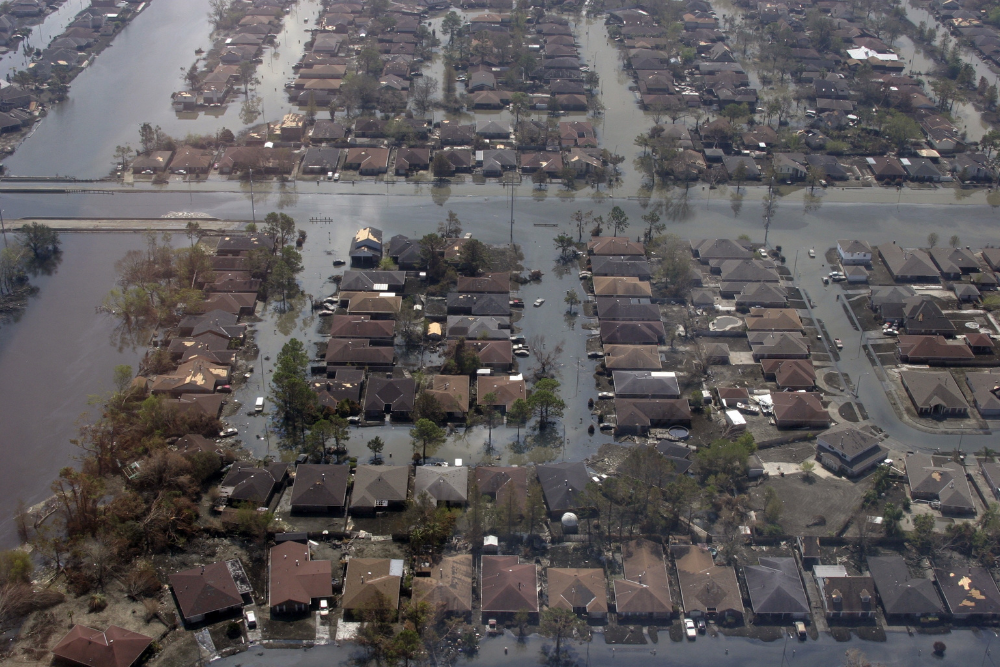Floods have always happened, what is changing is both the frequency of flooding and its impact on communities and infrastructure.

‘Extreme weather events’ are becoming a new normal. Flooding is now imposing increasing costs on local authorities and households – costs that in the era of public austerity have been difficult to meet.
The Year 2000 was the wettest autumn on record in the UK, a largely ignored warning of the reality of a changing climate. That year’s deluges caused extensive flooding in Sheffield leading to demands for better flood defences. Despite this work, Sheffield flooded again in 2007, 09, 13, 18 and now again in 2019.
Since then, flooding has become more widespread across the whole country with some dramatic and record breaking incidents.
- 2004 – a massive flash flood ripped through the Cornish village of Boscastle.
- 2007 – the most damaging flooding on record. Thirteen people lost their lives and hundreds were stranded as a result of the floods that hit Tewkesbury in July.
- In 2009 – Cockermouth in Cumbria devastated by flash floods; late that Autumn record flooding hit Keswick.
- The winter of 2013-14 – massive flooding in the Somerset levels, along the Severn and Thames Valleys and into Kent. The mainline railway through Devon washed away at Dawlish.
- 2015 – twin storms Desmond & Eva in December caused severe disruptions in NW England, Western Scotland, Wales & N. Ireland; Eva caused severe flooding on Christmas day in Central Lancs & Yorkshire.
- June 2016 – a succession of storms saw torrential rain and flooding across the north and Midlands and London.
- November 2017 – torrential rain caused widespread flooding & power blackouts across Lancs, Greater Manchester & North Wales.
- 2018 – storms hit Wales, the worst in 30 years.
Now in 2019, South Yorks floods again for the sixth time in 20 years. Prior to 2000, the previous serious flooding in Sheffield had been in 1973, and before this 1864, when a dam burst at Low Bradfield.
This year’s flooding has affected over 1500 properties across the Midlands extending down into the Severn valley. The village of Whaley Bridge was nearly lost when a pooley maintained dam was overtopped by water after a cloudburst.
The message is clear, flooding is becoming more widespread and costly to deal with. Tens of thousands of homeowners are having to pay an unfair part of the clean up bill and cope with increasing insurance costs or find that their properties are uninsurable.
Traditional flood management has aimed to move floodwaters quickly away from land and property by dredging, raising banks and straightening rivers. Often what this achieves is to move more water more quickly to communities downstream. In a new era of higher rainfall and risk we need a new approach.
First, allowing houses to be built on floodplain must be stopped. If planning authorities and developers insist on floodplain development, they have to be made liable for any flood damage that may result. Managing floodplain is an important part of flood control. By allowing it to flood, water can be held away from housing and then allowed to slowly drain away as river levels fall.
Following disastrous floods in Stroud in 2007, Green Councillor Sarah Lunnon pioneered what has become known as the Rural Sustainable Drainage System. This involves working with nature to enable the land to hold more water and to release it more slowly. It has the added benefit of helping to improve water quality and biodiversity in the catchment.
Allowing land to be restored to a natural state will help to increase the water holding capacity of the catchment and slow runoff rates. This will help to reduce flash flooding that was so disastrous in Boscastle and Cockermouth. Such nature based schemes are cost effective, but they do require the cooperation of landowners who will need payments in recognition of the possible loss in market value of their land.
Fighting nature with concrete and steel hasn’t worked. We need a new approach that works with natural processes. Engineering will have its role, but it must be part of comprehensive catchment-wide flood management schemes.